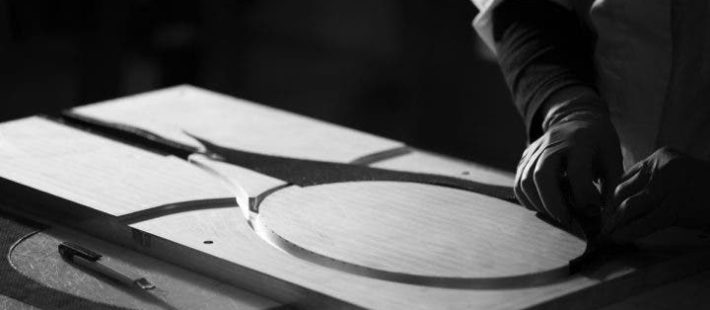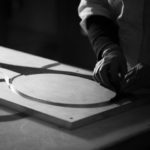More and more attention is being paid to producing racquets with higher quality frames. The choice to focus on quality instead of quantity and diffusion has led to the modernization of production. In fact, some manufacturers build frames that meet the needs of all tennis players, from the fourth category to the professional.
The same technology used for the construction of components of Formula 1 and World Motorcycle is now applied in the construction of frames for rackets. The frames are entirely made of composite material and entirely handmade in Italy at every stage. For this reason, they can be made on the precise specification of the player: according to the specifications of weight, balance and other characteristics chosen directly by the player.
Where did the idea come from?
The idea was conceived by engineer Emanuele Fabrizi, who has decades of experience in Lamborghini. He decided to go it alone to develop the skills acquired in the field of composite materials, which are tennis rackets.
Hence the meeting and merger between two realities active in different sectors: the craftsman Fabrizi Tennis and Italian Officine Composites, a company that works in the supply of aerospace components (so for supercars, motorcycles, and Grand Prix cars) and realizes artifacts investing every day in research and development to increase the quality of the finished product.
Emanuele Fabrizi tells about his idea
“The idea to engage in this project comes from a strong passion for tennis and for the technology applied to composites. Taking advantage of the opportunity of a research and development project, we have studied and tested the dynamic behavior of advanced composite materials applied to a tennis frame“.
The innovations in the construction of the frame
Technicians have built frames with the best composite materials of various kinds and ‘modulus of tensile strength’ treated in an autoclave. During long experimentation, they were able to identify which materials and in which configuration are able to separately characterize the individual specifications that characterize the behavior and feeling of the frame.
They identified which materials contribute to the reactivity of the frame, which characterize the stiffness and which contribute to the flexibility of the racket.
Frames are made of carbon fiber with the addition of kevlar, glass or zylon to modulate the characteristics of flexibility, comfort and stability. These are characteristics that can be modulated during the design of the frame by dosing the materials in appropriate percentages.
If you want to stay updated on news, technologies and activities, subscribe to Compositi Newsletter
Source: UBITENNIS















